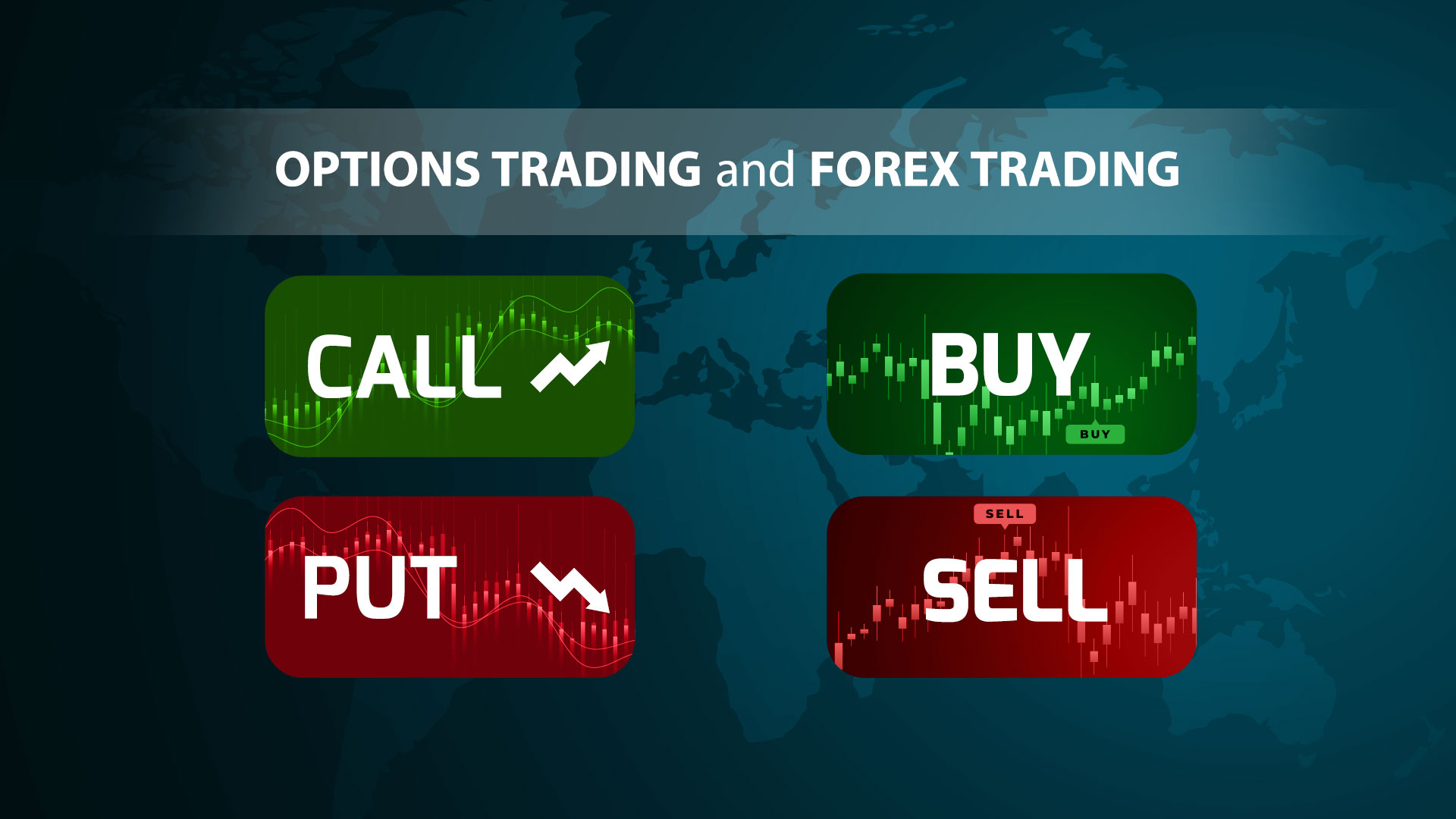Delving into the Dynamics of Option Trading and Its Risk Management Strategies
In the financial realm, options trading presents a compelling avenue for investors seeking both opportunities and risks. Options provide traders with the flexibility to speculate on the future direction of an underlying asset, such as a stock or index, without committing to its outright purchase or sale. However, alongside this potential comes the inherent need for proper risk management strategies, including the use of stops.

Image: www.closeoption.com
Understanding Options and Their Risk Profile
Options are financial instruments that grant the holder the right, but not the obligation, to buy or sell an underlying asset at a predetermined price within a specified timeframe. They offer a spectrum of strategies, from conservative income generation to aggressive speculation. However, like any financial endeavor, options trading poses potential risks, including the possibility of losing the entire invested capital.
The Role of Stops in Risk Management
Stops serve as a crucial tool for managing risk in options trading. Investors utilize stops to establish pre-determined exit points from a trade, limiting their potential losses. When the underlying asset reaches the designated stop price, an order is triggered to sell or buy the option, effectively closing the trade and protecting the investor from further adverse price movements.
Types of Stops for Options Trading
The options market offers a range of stop orders specifically designed for options trading, each catering to different risk management objectives:
-
Stop Loss Orders: These orders execute a trade when the underlying asset reaches a predetermined price level, aiming to limit potential losses.
-
Stop Limit Orders: Similar to stop loss orders, stop limit orders set a specific price threshold. However, unlike stop loss orders, which execute at the market price when triggered, stop limit orders only execute if the underlying asset reaches the specified price or a better one.
-
Trailing Stops: Unlike static stops, trailing stops move dynamically with the underlying asset’s price, maintaining a predetermined distance from the current market value. This dynamic adjustment aims to capture profits while limiting losses in volatile markets.

Image: www.qarya.org
Practical Considerations for Using Stops in Options Trading
-
Set Realistic Stop Levels: When placing stops, it’s essential to choose realistic price levels that balance risk protection with allowing the trade enough room to breathe and potentially generate profits.
-
Consider Market Volatility: Market volatility significantly influences stop placement. In highly volatile markets, wider stop levels may be necessary to avoid premature exits.
-
Monitor Trades Regularly: Continuous monitoring of trades is critical to ensure that stops are adjusted as market conditions evolve.
-
Avoid Over-Trading: While stops are a valuable risk management tool, excessive stop orders can hinder trading strategy and lead to suboptimal outcomes.
Are There Stops For Trading Options
Conclusion
In the realm of options trading, stops serve as an indispensable risk management tool, enabling traders to mitigate potential losses and protect their capital. Understanding the different types of stops available and their appropriate application is essential for navigating the complexities of this dynamic market. By utilizing stops strategically, options traders can enhance their trading discipline, preserve capital, and pursue their financial objectives with greater confidence.






